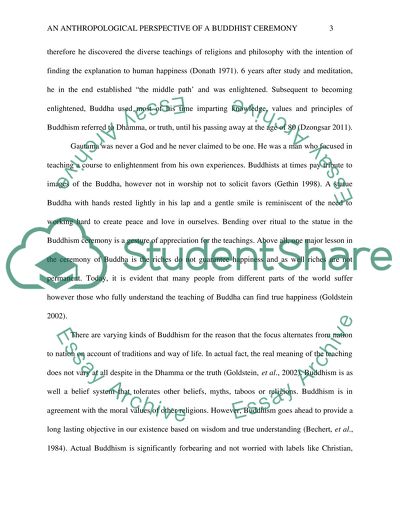Cite this document
(“An Anthropological Perspective ofa Buddhist Ceremony Essay”, n.d.)
Retrieved from https://studentshare.org/anthropology/1497248-a-buddhist-ceremony-from-an-an-anthropological
Retrieved from https://studentshare.org/anthropology/1497248-a-buddhist-ceremony-from-an-an-anthropological
(An Anthropological Perspective Ofa Buddhist Ceremony Essay)
https://studentshare.org/anthropology/1497248-a-buddhist-ceremony-from-an-an-anthropological.
https://studentshare.org/anthropology/1497248-a-buddhist-ceremony-from-an-an-anthropological.
“An Anthropological Perspective Ofa Buddhist Ceremony Essay”, n.d. https://studentshare.org/anthropology/1497248-a-buddhist-ceremony-from-an-an-anthropological.


